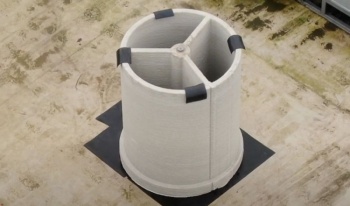
Recently, British water supply company United Utilities and 3D printing service ChangeMaker 3D successfully demonstrated the use and benefits of 3D printed components in the UK water industry. The discovery, which is the result of a twelve-month-long collaborative work between the two companies, showed a significant reduction in carbon, cost, and labor compared to conventionally produced units. By confirming those benefits, the team was able to shine a light on the huge potential of 3D printing in construction, which could also prove to be beneficial for other sectors.
Most times, when additive manufacturing is mentioned in relation to construction, the first thought that comes to our minds is most likely the 3D printing of houses. It is true that during the last few months, many house-building projects involving 3D printing have been established, and with technologies becoming more and more advanced, it is highly likely that there will be a lot more to come. Aside from the construction of homes, however, there are a variety of other ways that concrete 3D printing can be used.

When United Utilities teamed up with ChangeMaker 3D in early 2021, their goal was to use concrete 3D printing to create an environmentally-sustainable and economically beneficial water chamber, that would significantly reduce the carbon footprint. Starting off with a 12-week design phase, the two companies deliberated on what component would be best to design and demonstrate, and ultimately chose a wastewater distribution chamber, which is a technically challenging and carbon-heavy element.
Creating The 3D Printed Water Chamber
Following that, the team created a digital model of the cylindric water chamber, which was then sent to their Dutch technology partners at CyBe Construction, where it was 3D printed at a factory. After receiving the 3D printed component, the team installed it at a test facility in Cheshire, a town located north of Manchester. All in all, the effort took the team an entire year of work. After conducting a variety of different tests, the team was able to prove that the water chamber, which they proudly named ‘Printfrastructure’, delivered a 25% reduction in carbon, 20% cost saving, and 55% reduction in labor compared to conventional methods. In addition to that, the team also points out that with a total print time of under four hours, the construction process was extremely fast. Another great aspect of Printfrastructure is its advantage in terms of safety, as the use of concrete 3D printers reduces the requirement to work at height or in confined spaces.
Natalie Wadley, Co-Founder, and CEO of ChangeMaker 3D, is proud of the achievement, stating: “After months of hard work, we are thrilled to see the water chamber in situ, with proven environmental and cost benefits. It’s the result of a brilliant collaboration with United Utilities and our team of delivery partners, including CyBe Construction, Costain, Constructure, Ainscough and AutoMutatio. Thanks to them, we have achieved several UK ‘firsts’ – including the design, print and installation of a 3D concrete printed component for this sector, and the UK’s first crane lift of a 3D printed structure. Our mission is to support industry to leave a lighter footprint, and transforming the UK’s infrastructure is critical if the UK is to reach ‘Net Zero’.” To find out more about ChangeMaker 3D and its projects, you can visit the company’s website HERE.
All Photo Credits: ChangeMaker 3D



